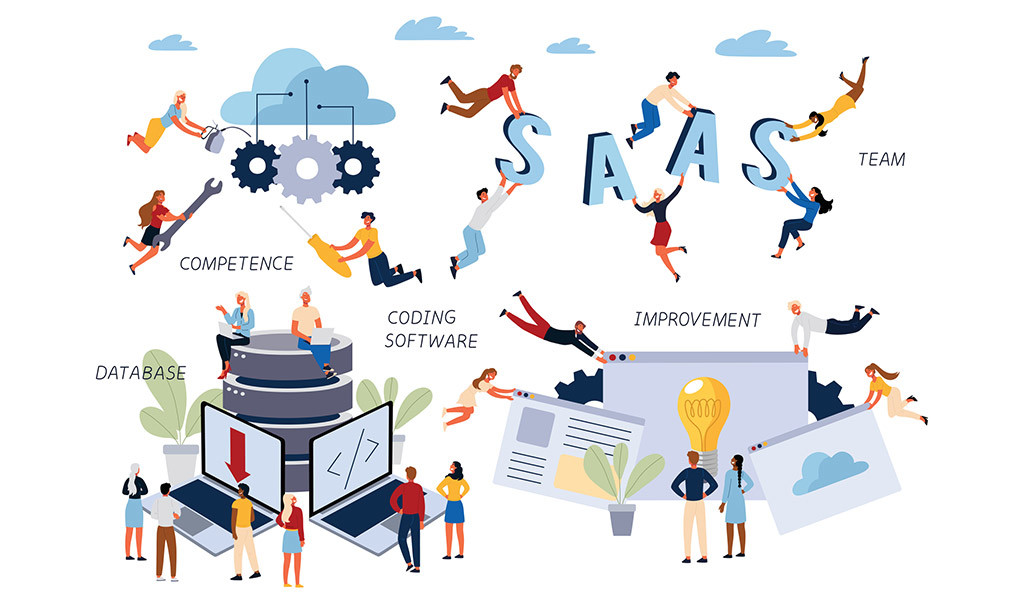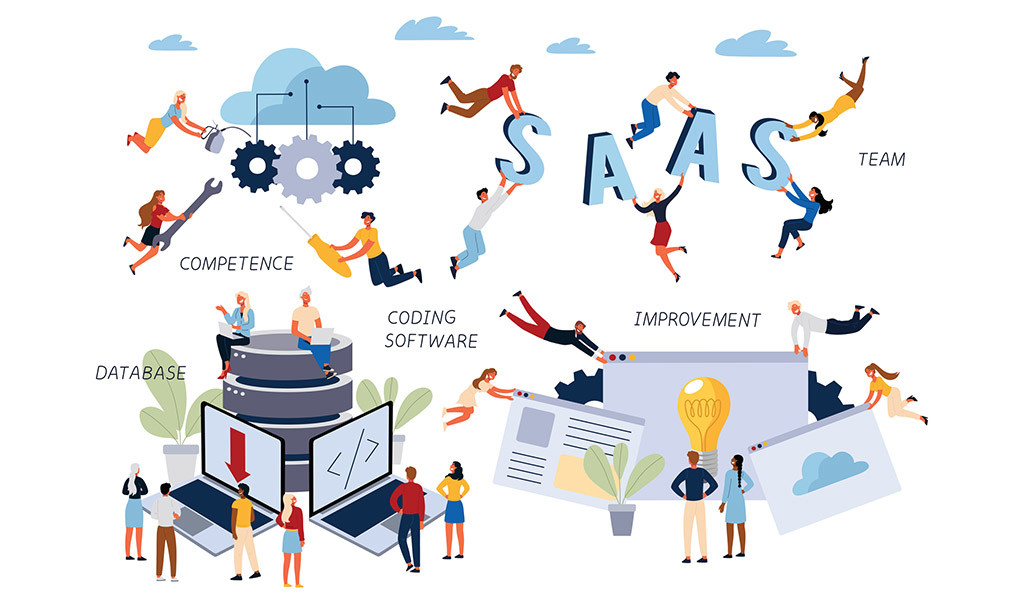
He’s bored trying to “shill” the latest Windows phone to South America. He wants to build something that he loves.
So what does he do?
He quits Microsoft, dives into the Seattle underworld of startup hopefuls… and bumps into a gentleman by the name of Andrew Kinzer.
They start a business called…
Outreach?
Nope – GroupTalent.
GroupTalent was a revolutionary new recruitment platform (think Hired), they built an initial product, joined Techstars and started selling.
Though traction was slow and they were running out of cash: they needed to sell more.
In a last ditch attempt to solve this sales problem (and save their business) they started building software to make their sales reps more productive – and it worked. Their reps started booking more meetings AND performing better in those meetings.
Before long, prospects were asking these reps why they were so happy and what tool they were using to book all these meetings.
Bear this in mind whilst we return to the Outreach story:
It’s October 2013, Manny and the team were struggling to sell their recruitment solution. They had users (internal sales reps) raving and potential customers asking about their new tool.
In other words, their strategy was telling them to stick with the glorified recruitment agency but the market was telling them to switch.
So they sucked up their +2 years of sunk cost and went all in on Outreach. They started riding the market wave.
And it turned out to be a pretty good decision…
Close Your First 100 Customers (And Angel Investors) Door To Door
Fast forward to October 2013 and the founding team are fully focussed on building Outreach after scrapping GroupTalent (interestingly they kept the same cap table e.g. they didn’t f*ck over their original investors).
What next?
Time to find customers…
Now most early stage startup founders would:
- Launch on Product Hunt
- List on startup directories
- Apply to TechCrunch Disrupt Pitch Competition
- Export the email addresses of all their Linkedin connections and spam the lot of them
- Create Twitter, Linkedin and Facebook Pages and invite their friends to like and follow
The list goes on.
They problem here though… is that none of those options are likely to achieve either of the two things the business needs at this stage:
- Learning from real customers
- Ca$h in the bank
Choose A B2C North Star Metric?!?
Outreach prioritize one metric over all others: monthly active users.
(And last I heard, they had over 50k of these).
Why did they choose this rather B2C-esque metric to rally the whole organisation around?
Surely they don’t really care if people are using their software? After all, the users are not paying, their businesses are.
Why not choose a metric like active customers or Annual Recurring Revenue?
If their businesses continue to pay, do Outreach really care how active the users are?
Yes, is the answer.
Outreach are building what they call a “system of action”. A software layer that sits above the CRM to facilitate actions that a user needs to make to engage with customers.
The more engagement Outreach facilitates with the prospects and customers of their clients, the more likely they are to be successful in realising an ROI from their investment.
So what are they doing to impact this North Star Metric?
First of all Outreach have created a new role call the System Implementation Manager. This person jumps in right after a deal is signed and is solely focussed on getting 70% of the new Outreach licenses to daily usage.
Read that paragraph again… Outreach employ a person whose only role is to make sure users within a new account are using the product daily. Contrast this to most other SaaS businesses who would take the cash, assign a CS manager and then never look at the metrics again.
The System Implementation Manager is responsible for “going wide” and ensuring adoption of Outreach across the account.
Once 70% daily usage is achieved, normally within 2-3 months, the account is handed over to the Customer Success Manager who is then solely responsible for education (not adoption – this has already been handled).
The Customer Success Manager then engages with users that are not using specific features and educates them on how to use the product to drive more engagement.
The Customer Success Manager is responsible for “going deep” and increasing the average number of features used by each user.
The CSM is also eligible for 5-10% commission over their base from renewals and upsells of their accounts.
And how does Outreach know this approach is working?
Their annual, net revenue retention is 140%.
That means that if Outreach added no new customers over the past 12 months, they could only grow from keeping their existing customers and upselling them, they’d still grow by 40%.
Become Obsessed With Your Trade
Outreach employ a single person that is solely responsible for split testing written sales email cadences. They practice what they preach.
In fact, their ratio of SDR’s (Sales Development Reps) to AE’s (Account Executives) is 1:2.
This means that there is 1 person responsible for booking qualified sales meetings for two other full time resources, normally this ratio is much larger e.g. 2 or even 3 SDR’s for 1 AE.
“How?”
Manny was asked this in episode 1,504 of The Top podcast.
He replied:
“Because we use Outreach”
It’s almost like ever since Manny started managing sales people for GroupTalent back in 2011, all he has been trying to do is make them more effective:
- Less sales admin
- Less time spent in the CRM
- More personalisation
- More machine learning
And the Outreach product is simply a virtual manifestation of this obsession. An obsession that is now driving results for Outreach’s 3,100 customers.
Here’s how I would pitch Outreach to a B2B SaaS sales leader:
- SDR’s cost you between $50-100k per year
- If you invest $50k per year in Outreach, you can fire 50% of your SDR’s whilst maintaining profitability (assuming you have a SDR/AE ratio that is equal to or greater than 1:1) and bank the rest of that cash
